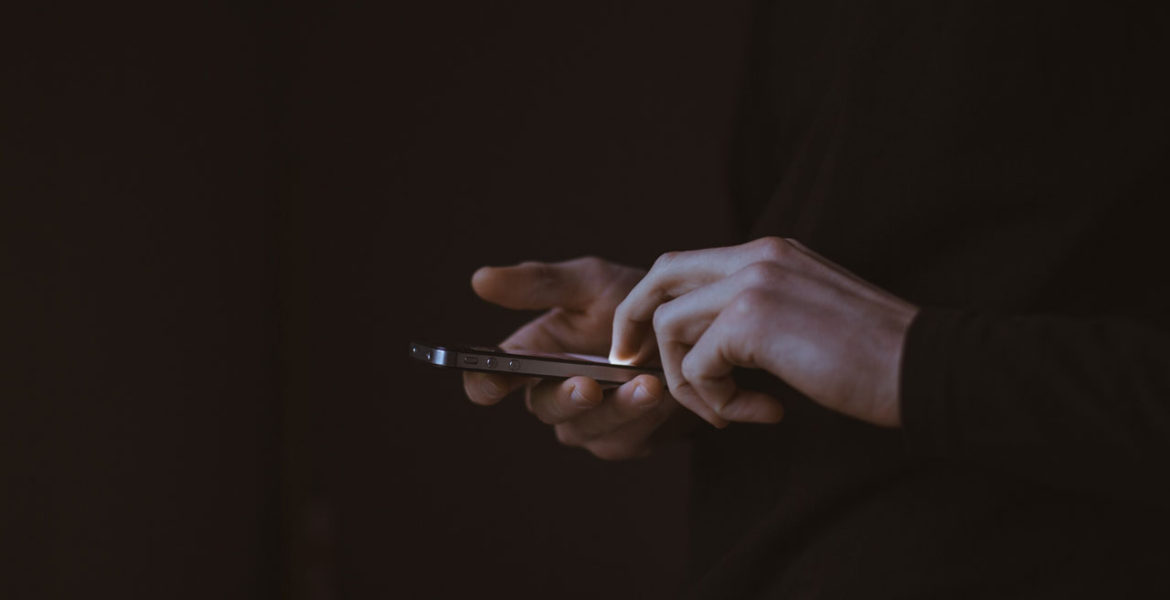If the noughties were the decade that saw consumers going from landline to mobile, the 20s will be the decade that mobile truly comes into its own. UK consumers now spend more time on their phones than they do consuming any other type of media, and they are also generating more revenue in-app than ever before.
Mobile’s rise has been stratospheric, and in a few short years has become the ultimate way for brands to reach consumers wherever, whenever. This new dynamic hasn’t just shifted how brands and consumers interact with each other but also changed consumers’ expectations of brands as a whole.
To truly understand the shift, it’s important to look at how customer interaction has changed as phones have evolved. Back in the landline-age, the conversation between brands and consumers was largely one-sided: brands were talking at their customers rather than with them. Then came the first feature phones that allowed you to make calls and texts outside the home, although their functionality didn’t extend much further. Regardless, this was an important evolution for marketing: brands could now have back-and-forth conversations with customers at scale, and it was the very start of marketing as we know it today.
The leap to smartphones, however, is where everything really changed. The huge range of extra features now available within a single device – internet, camera, payment methods, and location services – fundamentally changed how we live. It also introduced the huge potential for brands, allowing them to move beyond simple conversation to add value for their consumers – the key element for a brand looking to become truly indispensable.
What is being app-first anyway?
While many businesses today aim to be mobile-first, many aren’t embracing all the functionality that smartphones offer to bring them closer to their users. And when it comes down to it, it’s no longer enough to be mobile-first; brands need to be app-first.
The majority of smartphone functionality can only really be unlocked in an app environment. No other platform, technology or time has seen a business be able to harness not only instant communication but also tools such as location, camera and an always-on payment system in their everyday connection with their customers.
To have an app-first perspective is to embrace all the advantages smartphones have over other means of communication with customers. Ultimately, it’s the difference between taking a flip phone mentality and a smartphone approach.
For any vertical where the incumbents are slow to go app-first, disruptors have entered as app-only and started to see great success. You only have to look at the finance sector to see the great innovation companies such as Monzo or Starling are driving in the space, all through their apps. As more and more verticals are disrupted by mobile-only players, apps will go from being a “nice to have” to the primary way to interact with customers.
Adding value through apps
New companies aren’t the only ones who are using apps to transform their customer service. Historic companies such as Royal Mail are creatively using theirs to bring innovative new features to their customers – and using their Augmented Reality parcel sizer, consumers can use their camera to scan their item’s dimensions and find the right format size and price.
Ultimately, we should always remember that technology is a tool that is meant to improve people’s lives without having to think too much about how it works.
When considering their app strategy, businesses should be looking to add value to their customers’ lives. Apps can no longer be an afterthought or a nice-to-have but are one of the key channels to invest in. It’s also key to constantly re-evaluate functionality and see how else apps can drive value for users and build customer connection. Always start from a customer’s perspective and work out how the technology employed can improve their lives.
After all, making life simpler and generating less friction is why billions of people rely on apps to entertain them for hours, bring a car for them to get a lift in, or deliver food to their front door.

